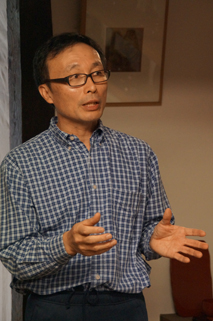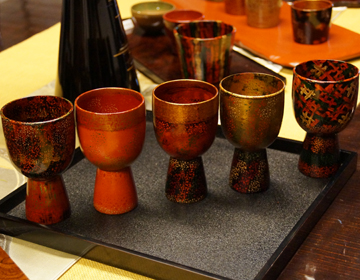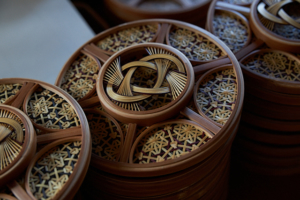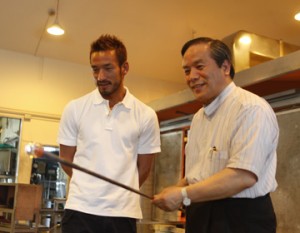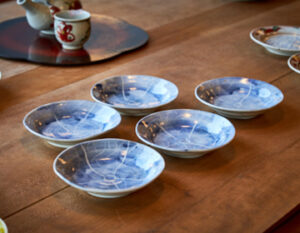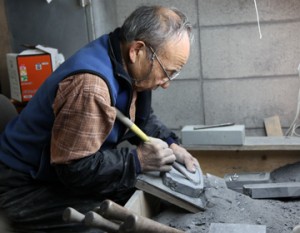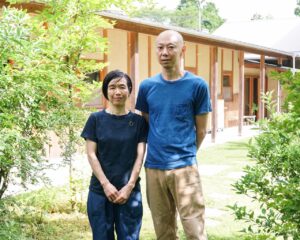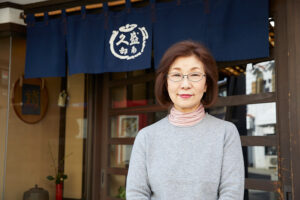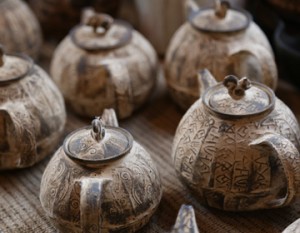Aizu tradition, lacquerware
We interviewed lacquer artist Tatsuo Sato who works in Kitakata City, Fukushima Prefecture. Kitakata City is renowned for Aizu lacquerware. Aizu lacquerware has a long history and is popular around the nation with its high quality wood from the wilderness of Aizu, and the beautiful luster from the lacquer created in the climate unique to the basin landscape.
Aizu lacquerware developed mainly around round vessels such as bowls. Since his father’s generation, Sato not only paints, but also creates the wooden base using a potter’s wheel, to make original lacquer pieces.
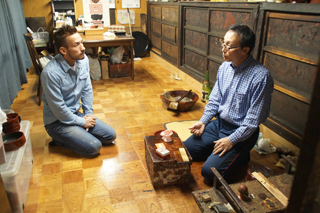
Passing on to the younger generation.
“We got to see Sato’s work. His work is wide range from a round ware such as a bowl to a ”jubako”. As colors such as jet black, vermilion, yellow, green, and gold overlap and mix together, luster unique to lacquer and decorations on golden lacquer work and mother-of-pearl work matches excellently, creating a unique worldview. Receiving numerous awards serves as the proof for the popularity of his work and his ability. However, while listening to his story, I felt his warm look towards lacquerware as a whole, rather than just his work.
”Of course I intend to continue producing, but when I look to my past and think what role do I have, I think it is to hand down the technique to young people.”
He told us it is not only about handing down the technology but also about having lacquerware in everyday life. “
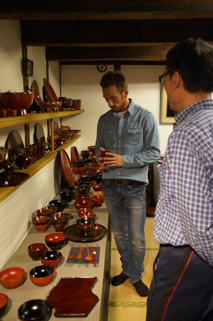
To have lacquerware in our daily lives
Sato told us ”I treasure my activity as an artist, but originally, we are bowl makers. That remains in my soul. So it makes me sad that lacquerware is disappearing from people’s everyday lives.”. Hearing this, Nakata reflected on his travels, and commented ”That is true. We tend to think of lacquerware as something extravagant. But after speaking with many artists, I’ve come to realize that it’s really something to be used in everyday life. Even if it gets chipped, it can be repaired. You can use ”kintsugi” or gold joining. Once people are aware of this, I think more people would want to use them on a regular basis.”
”That’s right. Beautiful dishware and delicious meals are not separate things. I would like people to eat delicious meals using beautiful lacquerware. That is my wish.” Sato added.
In Kitakata City, many schools currently use lacquerware for school lunches. If children grow up using beautiful plates when eating good tasting food, they will grow up with a better appreciation for and greater familiarity with traditional ”kogei”. They also began planting sumac (lacquer) trees 25 years ago. Although they are still only able to use those trees in small amounts, it is an important foundation to pass on the tradition of Aizu lacquerware.
